The ritual of decorating a Christmas tree can be traced back to both pagan and Christian traditions. Even in ancient times, Germanic tribes, honoring the spirit of the forest, decorated Christmas trees with various gifts.
Over the years, this ritual has changed and has become associated with Christmas and New Year's holidays.
By the way, in Germany, for a long time, the Christmas tree was decorated with gilded or silvered potatoes. After all, this vegetable was once a real exotic in Europe.

Over time, other countries adopted the tradition.
In ancient times, Christmas tree decorations carried a certain meaning. People decorated trees with toys that symbolized prosperity, setting the tone for the coming year.
The decorations for the Christmas beauty were fruits, vegetables and sweets. The Christmas trees were hung with figured sugar, garlands of raisins and cookies. All the decor was edible.

A little later, they began to decorate with nuts wrapped in foil, homemade straw toys, figures made of paper or wire, homemade balls made from newspapers wrapped in foil, and tangerines, but very rarely.
By the way, sometimes a nut toy was made with a secret. The nut itself was taken out of the shell, and a small surprise was placed inside.
Another material used to make the toy was an eggshell. A funny face was drawn on it, and a cap made of colored paper was glued to the top.
The tree was also decorated with Easter eggs and paper cutouts.

There were also earlier analogues to modern garlands - colored light bulbs, although they did not glow, and paper chains.
It used to be that the Christmas tree was decorated with chocolate toys, but they were not eaten afterwards, but used purely as decoration, leaving them for the next year.
The most desirable, but also the most expensive, were Christmas tree decorations made of convex cardboard - figurines of birds and animals covered with foil, glass toys, pine cones and stars made of gilded straw. Candles looked very festive and solemn. Special stands were made for them so that the tree would not catch fire.

Besides the Christmas tree, there is another Christmas symbol in Ukrainian culture – Didukh. It was made from unthreshed rye or wheat and decorated with dried flowers and sweets.
Over time, Didukh became a Christmas decoration only in homes where there was a farm, because it is a symbol of abundance and fertility.
But in some city homes, the two Christmas symbols coexisted perfectly. People decorated both the Santa Claus and the Christmas tree.

In ancient times, home decorations and symbols carried a completely different meaning. People tried to appease the spirits in order to have a good harvest and prosperity all year round.
Time passes, the meaning becomes different.
And even now, for us, New Year's decorations and the festive atmosphere carry a sense of unity, togetherness, and a feeling of unconditional love that only close people can cherish for each other.
-800x600.jpg)
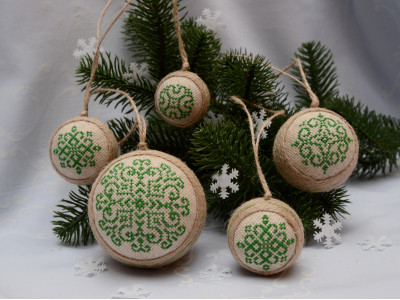
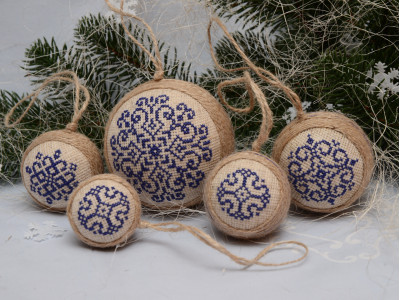
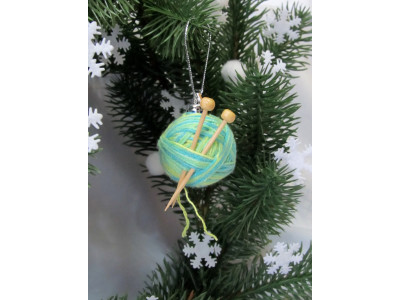
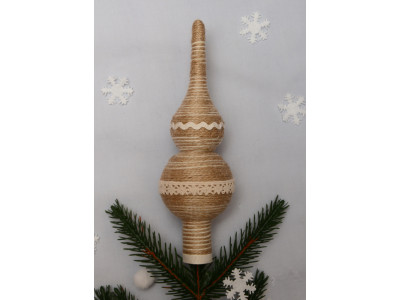
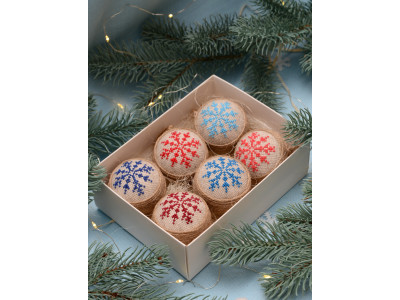
Write a comment